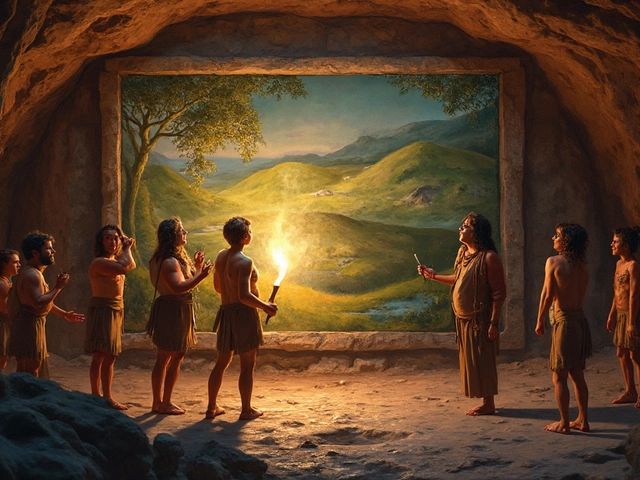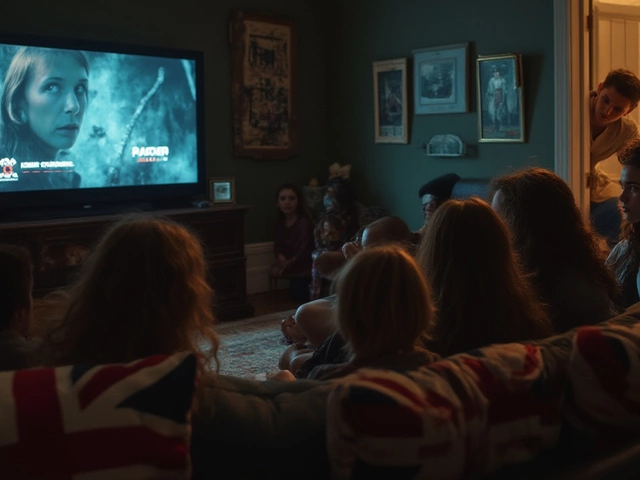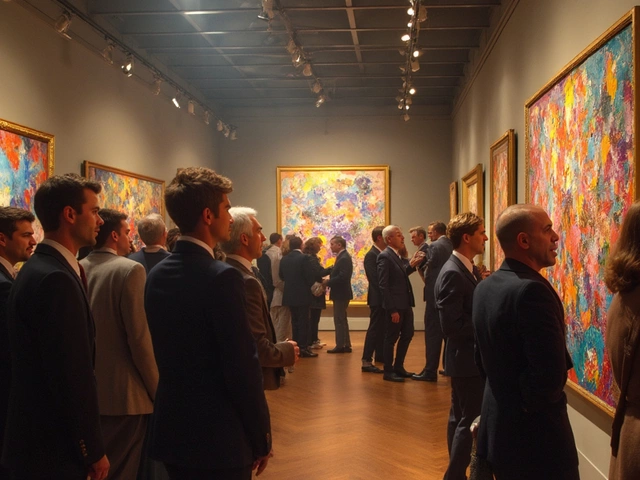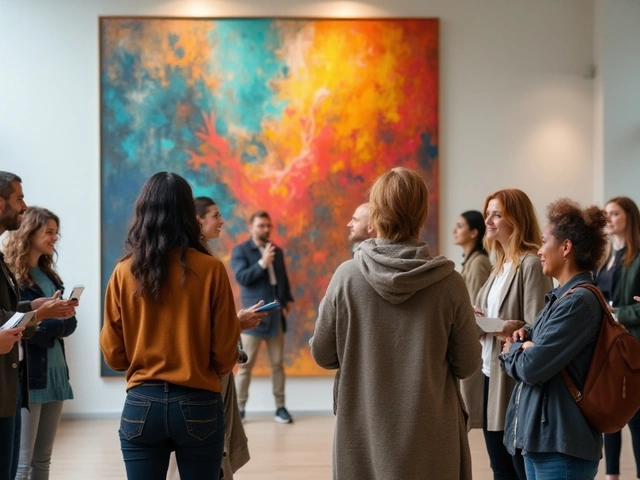Art: Exploring the Creative Landscape
When working with art, the broad practice of visual expression that uses everything from paint and stone to pixels and code, you’re tapping into a tradition that stretches back millennia. Also known as visual art, it serves as a bridge between personal imagination and public experience. One fast‑growing branch is digital art, art created or enhanced with computers, tablets, and software tools, which shows how technology expands the canvas. Sculpture, the three‑dimensional form that reshapes stone, metal, or even digital data into tactile objects demonstrates the physical side of creativity, while modern art, the 20th‑century movements that broke rules and embraced abstraction pushes ideas beyond representation. Landscape painting, the genre that captures natural scenery and often adds human figures for story links the outdoors to the studio. In short, art encompasses digital art, sculpture, modern art, and landscape painting, each requiring its own set of tools and mindsets. The practice demands creativity, technical skill, and a willingness to experiment, while also influencing culture, education, and even economics.
How These Forms Interact and Why They Matter
Digital art requires software proficiency and often a market‑ready approach, which is why many creators explore revenue streams like NFTs, print‑on‑demand, and subscriptions. That ties directly to the monetization advice you’ll find in articles about earning money online. Sculpture, on the other hand, asks for spatial awareness and material knowledge—skills that show up in guides on carving, casting, and assembling. Modern art’s legacy lives in contemporary debates about abstraction, social commentary, and the role of the artist in society; our posts on abstract art rules and modern art principles unpack those ideas with clear examples. Landscape painting blends composition tricks with storytelling, a topic covered in the guide about adding people to scenery. Together these forms illustrate how art requires both conceptual thinking and practical execution, and they each open doors to different audiences, from gallery visitors to online collectors. Understanding the connections helps you decide which path fits your goals, whether you’re aiming for a gallery debut, a digital storefront, or a public commission.
Below you’ll find a curated selection of articles that dive deeper into each of these areas. From step‑by‑step tutorials on oil painting and digital conversion to behind‑the‑scenes looks at the highest‑paid digital artists and the history of sculpture, the list gives you both inspiration and actionable advice. Browse the collection to discover techniques, business tips, and cultural context that will sharpen your practice and expand your creative horizons.
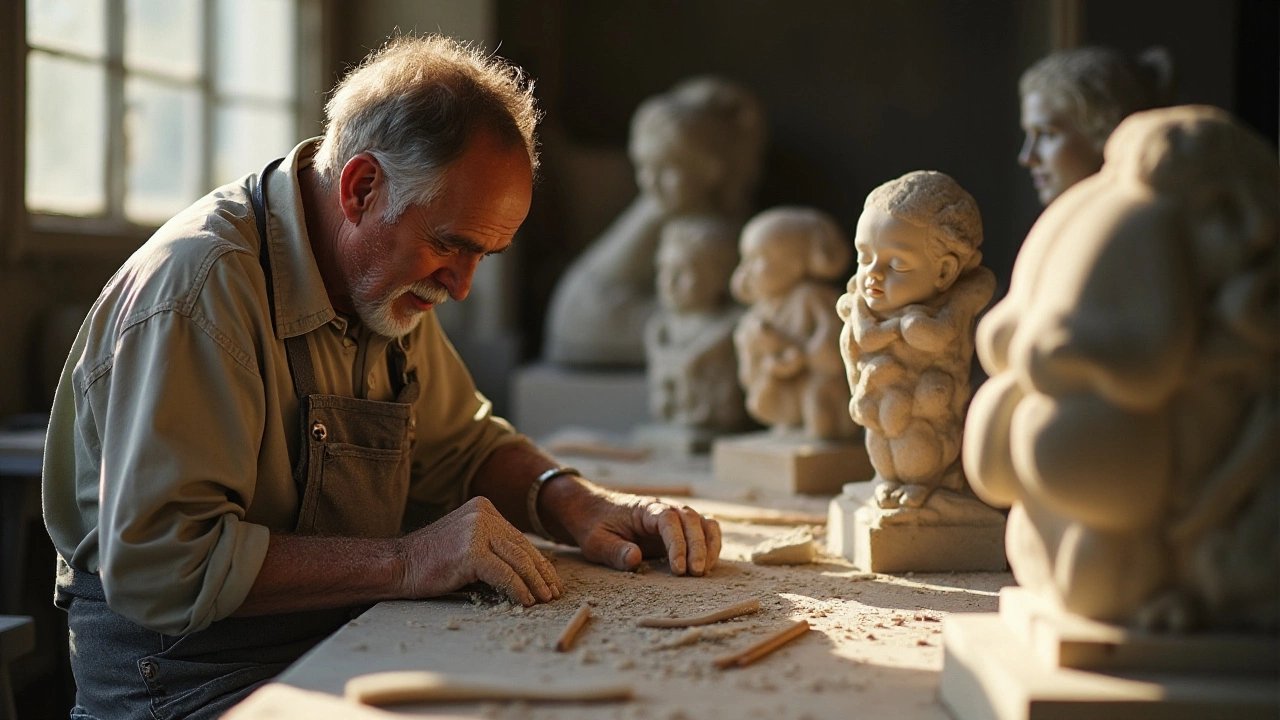
Sculpting and 3D modeling both demand creative skills, but the nature of these skills differs significantly between the two art forms. While sculpting involves a tactile, hands-on approach with physical materials, 3D modeling relies on digital tools and technology. Each art form presents its own unique challenges, with sculptors dealing with physical constraints and modelers navigating the intricacies of software. Understanding the core processes and techniques can help determine the more challenging art form for different individuals.
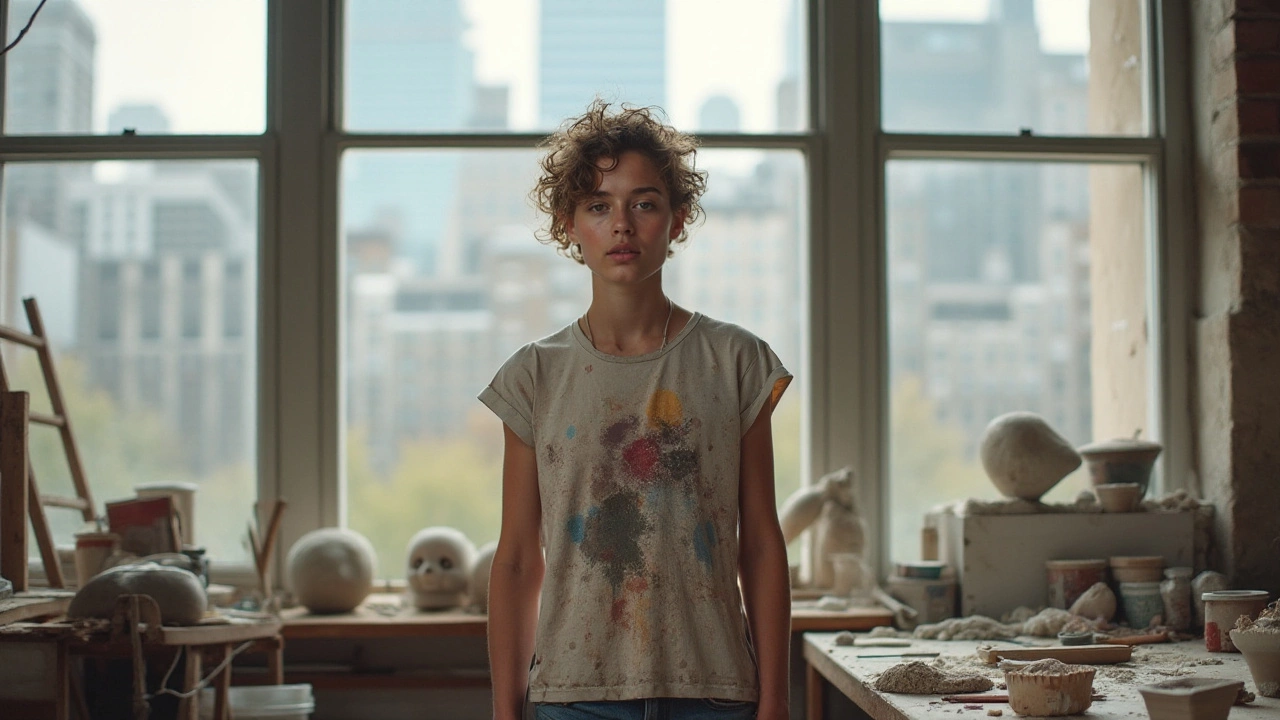
Creating a simple sculpture can be an immensely rewarding experience for beginners exploring the world of art. By selecting the right materials and techniques, aspiring sculptors can develop projects that express personal creativity. This guide offers step-by-step instructions, insights into different sculpture methods, and practical advice to successfully bring your artistic vision to life. Dive into the basics of composition and form, and learn the essentials of working with tools to carve out your unique creation.
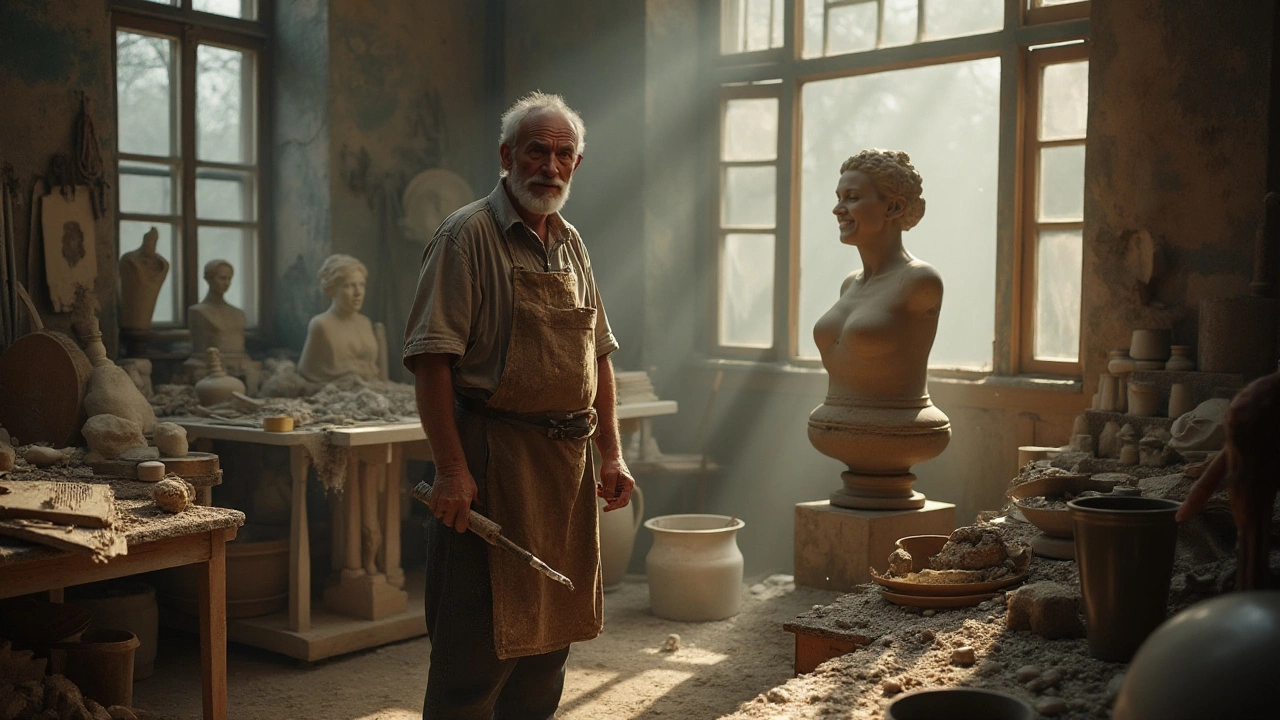
A sculptor is an artist who creates three-dimensional works of art from materials such as stone, metal, clay, and wood. The art of sculpting has a rich history, filling our world with awe-inspiring statues and installations. This article explores what it means to be a sculptor, diving into the skills required, the materials used, and the creative process involved. It also offers tips for aspiring sculptors looking to embark on their creative journey.
